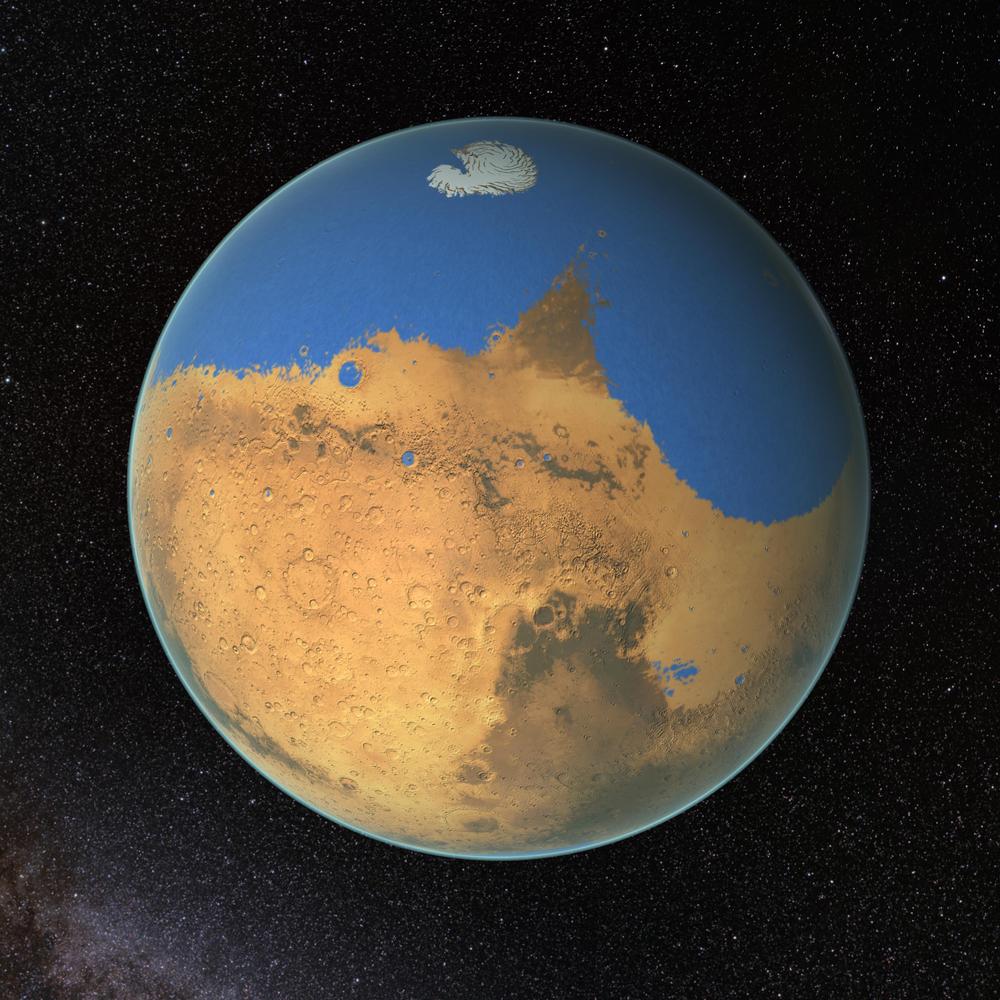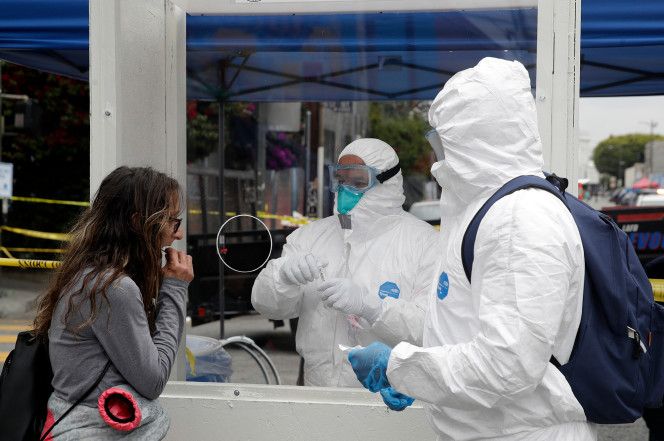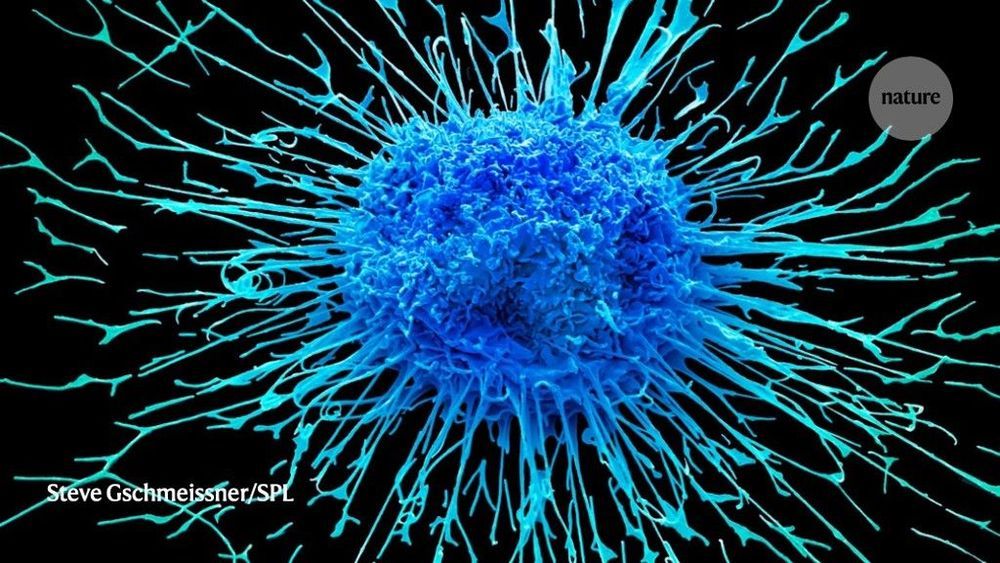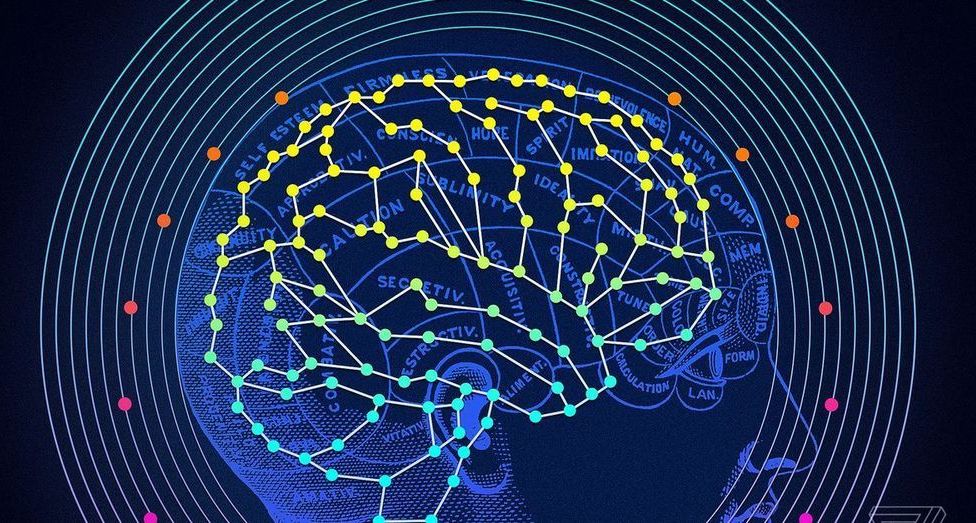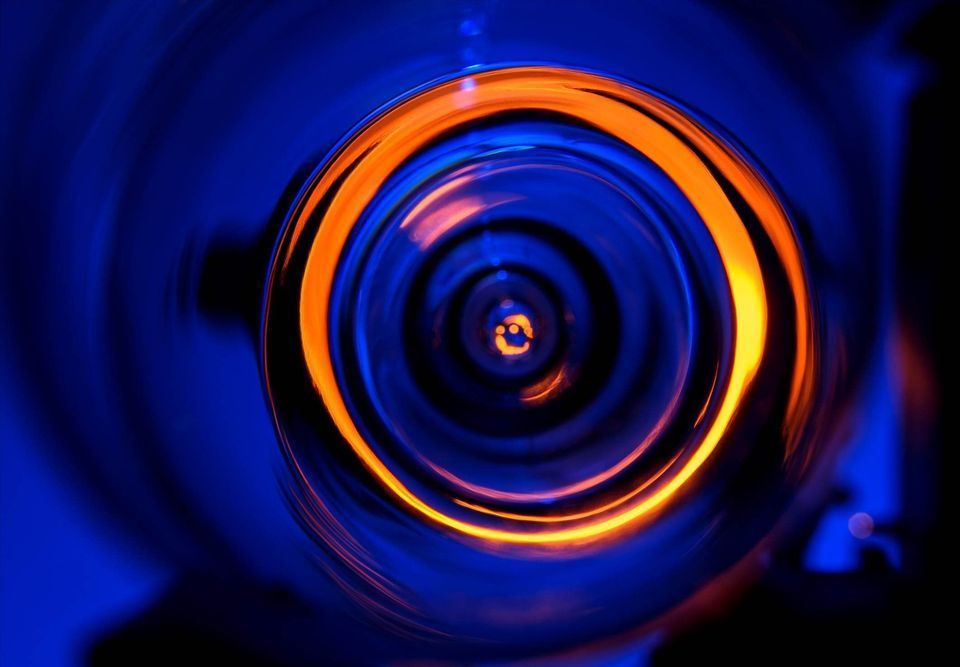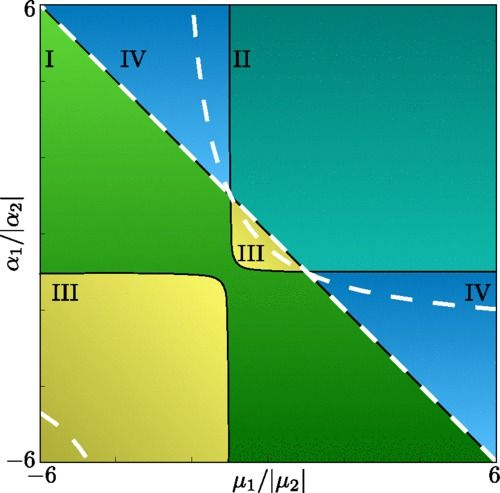Page 7524
Apr 30, 2020
Los Angeles is first major US city to offer free coronavirus tests to all residents
Posted by Montie Adkins in category: biotech/medical
That’s how you do it.
Los Angeles became the first major city in the US to offer free coronavirus tests to every resident — even ones not experiencing symptoms, officials announced Wednesday.
Under the program, which also applies to everyone residing in all of Los Angeles County, those with symptoms including fever, cough and shortness of breath, and front-line workers will still be prioritized, Mayor Eric Garcetti said on Twitter.
Apr 30, 2020
Superpower drive to lure companies out of China post-virus gathers momentum
Posted by Derick Lee in category: biotech/medical
This is the first in a series of five stories exploring the global backlash that China may face as a result of its actions and rhetoric during the coronavirus pandemic. The first story examines the push by foreign powers to bring home production of some goods, particularly vital medical equipment and medicines, due to an overreliance on China exposed by the pandemic.
The coronavirus has again highlighted an over-reliance on China, with the United States, Japan and the European Union drawing up separate plans to lure their companies away. Illustration: Adolfo Arranz.
Apr 29, 2020
Cells edited with CRISPR prove safe in humans
Posted by Genevieve Klien in categories: biotech/medical, genetics
People with cancer show no serious side effects after treatment with gene-edited immune cells.
Apr 29, 2020
US patent office rules that artificial intelligence cannot be a legal inventor
Posted by Kelvin Dafiaghor in categories: food, law, robotics/AI
Bad news.
The US Patent and Trademark Office (USPTO) has ruled that artificial intelligence systems cannot be credited as an inventor in a patent, the agency announced earlier this week. The decision came in response to two patents — one for a food container and the other for a flashing light — that were created by an AI system called DABUS.
Among the USPTO’s arguments is the fact that US patent law repeatedly refers to inventors using humanlike terms such as “whoever” and pronouns like “himself” and “herself.” The group behind the applications had argued that the law’s references to an inventor as an “individual” could be applied to a machine, but the USPTO said this interpretation was too broad. “Under current law, only natural persons may be named as an inventor in a patent application,” the agency concluded.
Continue reading “US patent office rules that artificial intelligence cannot be a legal inventor” »
Apr 29, 2020
Elon Musk setting new records with Starlink.
Posted by Bill D’Zio in categories: astronomy, big data, disruptive technology, Elon Musk, space
Love it or hate it, Starlink might be the biggest space undertaking ever once completed. The combined mass of the Starlink satellite constellation exceeds any prior space endeavor. The SpaceX network provides global satellite Internet access will weigh in more than any other prior space program. The constellation consisting of thousands of mass-produced small satellites in low Earth orbit adds up quickly. Each Falcon 9 launch gets packed full of sixty Starlink satellites. The satellites neatly fit in both size and mass limitations of the Falcon 9.

In 2018, The Federal Communications Commission granted SpaceX approval to launch up to 4,425 low-Earth-orbit satellites at several different altitudes between 1,110km to 1,325km. The following year, the FCC approved a license modification to cut the orbital altitude in half for 1,584 of those satellites. The lower altitude for the Starlink satellites reduces the latency of the Starlink. Yeah initial Starlink will be nearly the mass of the ISS.
| Name | Kg | Qty | Total Kg |
| Starlink | 260 | 1 | 260 |
| Starlink launch | 260 | 60 | 15,600 |
| Initial Starlink | 260 | 1,584 | 411,840 |
| ISS | 419,725 | 1 | 419,725 |
| Partial Starlink | 260 | 1,614 | 419,725 |
| Starlink full thrust | 260 | 4,425 | 1,150,500 |
| Big freak’n Starlink | 260 | 12,000 | 3,120,000 |
Tags: high speed data, SpaceX, starlink
Apr 29, 2020
A Hypothesis on Production of Tachyons
Posted by Quinn Sena in categories: information science, particle physics
 An exact solution of the Einstein—Maxwell equations yields a general relativistic picture of the tachyonic phenomenon, suggesting a hypothesis on the tachyon creation. The hypothesis says that the tachyon is produced when a neutral and very heavy (over 75 GeV/c^2) subatomic particle is placed in electric and magnetic fields that are perpendicular, very strong (over 6.9 × 1017 esu/cm^2 or oersted), and the squared ratio of their strength lies in the interval (1,5]. Such conditions can occur when nonpositive subatomic particles of high energy strike atomic nuclei other than the proton. The kinematical relations for the produced tachyon are given. Previous searches for tachyons in air showers and some possible causes of their negative results are discussed.
An exact solution of the Einstein—Maxwell equations yields a general relativistic picture of the tachyonic phenomenon, suggesting a hypothesis on the tachyon creation. The hypothesis says that the tachyon is produced when a neutral and very heavy (over 75 GeV/c^2) subatomic particle is placed in electric and magnetic fields that are perpendicular, very strong (over 6.9 × 1017 esu/cm^2 or oersted), and the squared ratio of their strength lies in the interval (1,5]. Such conditions can occur when nonpositive subatomic particles of high energy strike atomic nuclei other than the proton. The kinematical relations for the produced tachyon are given. Previous searches for tachyons in air showers and some possible causes of their negative results are discussed.
Bochum cosmologists headed by Professor Hendrik Hildebrandt have gained new insights into the density and structure of matter in the universe. Several years ago, Hildebrandt had already been involved in a research consortium that had pointed out discrepancies in the data between different groups. The values determined for matter density and structure differed depending on the measurement method. A new analysis, which included additional infrared data, made the differences stand out even more. They could indicate that this is the flaw in the Standard Model of Cosmology.
Rubin, the science magazine of Ruhr-Universität Bochum, has published a report on Hendrik Hildebrandt’s research. The latest analysis of the research consortium, called Kilo-Degree Survey, was published in the journal Astronomy and Astrophysics in January 2020.
Apr 29, 2020
Exact Phoretic Interaction of Two Chemically Active Particles
Posted by Saúl Morales Rodriguéz in category: particle physics
We study the nonequilibrium interaction of two isotropic chemically active particles taking into account the exact near-field chemical interactions as well as hydrodynamic interactions. We identify regions in the parameter space wherein the dynamical system describing the two particles can have a fixed point—a phenomenon that cannot be captured under the far-field approximation. We find that, due to near-field effects, the particles may reach a stable equilibrium at a nonzero gap size or make a complex that can dissociate in the presence of sufficiently strong noise. We explicitly show that the near-field effects originate from a self-generated neighbor-reflected chemical gradient, similar to interactions of a self-propelling phoretic particle and a flat substrate.
Apr 29, 2020
NASA Science Live: Asteroid Close Approach
Posted by Alberto Lao in categories: asteroid/comet impacts, existential risks, science

Have you heard about an asteroid close-approach happening on April 29? Asteroid 1998 OR2 poses no threat to our planet, but we can still learn a lot by studying it. Don’t miss a special Planetary Defense episode of NASA Science Live on Monday, April 27 at 3:00 p.m. EDT to learn how we find, track and monitor asteroids and near-Earth Objects.
